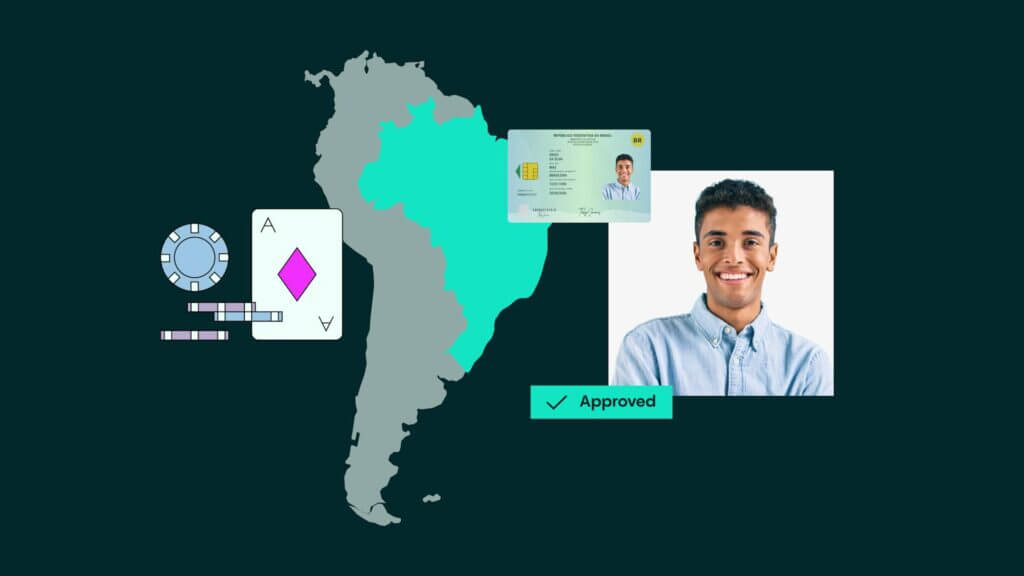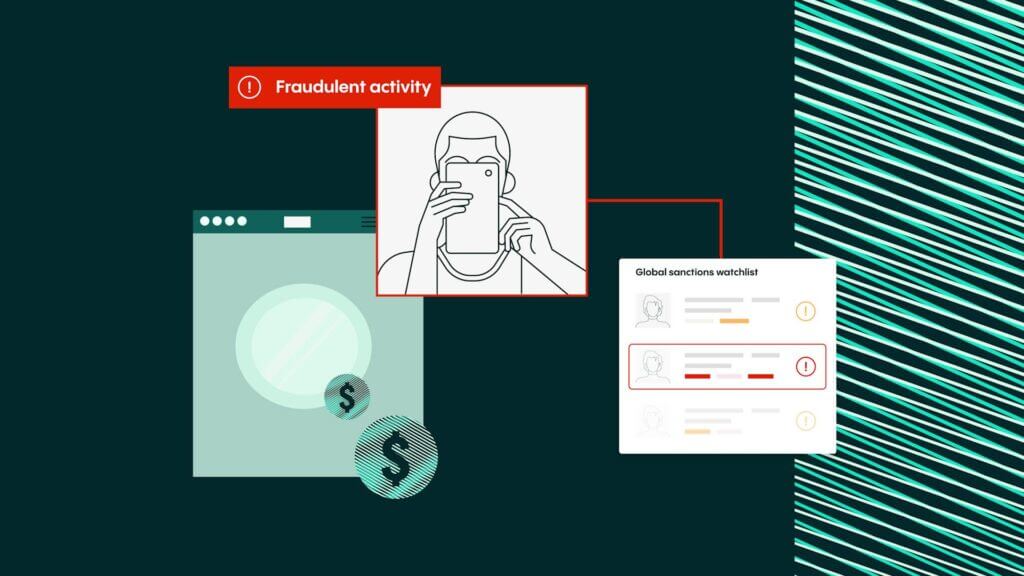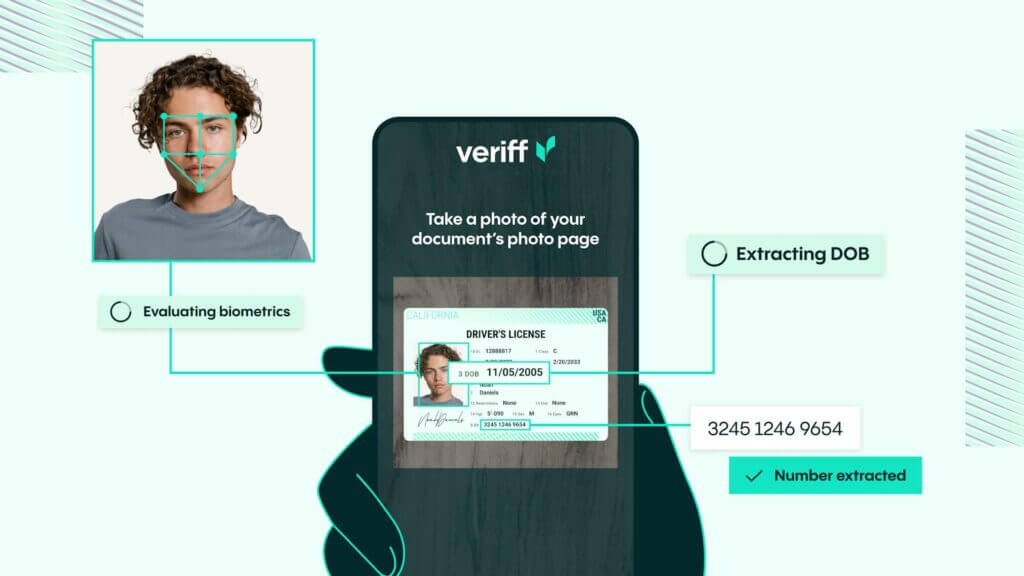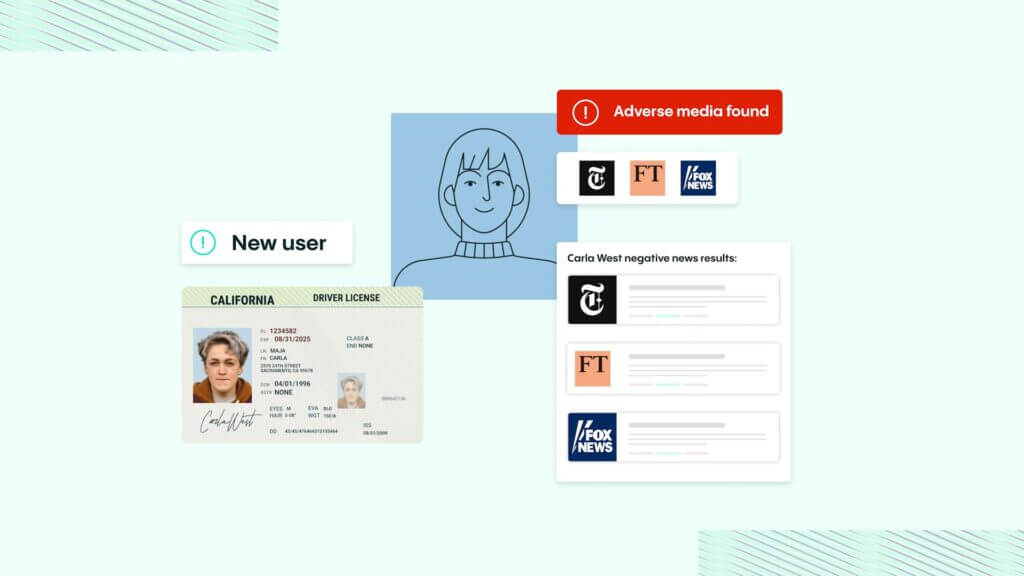KYC Article
What is KYC verification in banking?
As well as being critical for assessing customer risk, KYC procedures are a legal requirement for banks and financial institutions that must comply with anti-money laundering (AML) laws.
Introduction
In today’s financial landscape, protecting institutions against fraud and ensuring compliance is more important than ever. KYC verification—short for Know Your Customer verification—is not just a regulatory requirement. It’s also a vital process for assessing customer risk, protecting against money laundering, and safeguarding trust in the financial system.
In 2024, the global cost of Know Your Customer (KYC) procedures varied significantly by type of bank. Commercial banks accounted for the largest share, with total KYC-related expenditures reaching approximately 280 million U.S. dollars. In contrast, corporate and institutional banking reported notably lower costs, amounting to around 60.3 million U.S. dollars.
This guide explains what KYC verification is, its importance in banking, the step-by-step process, and its role in broader anti-money laundering (AML) compliance.
What Is KYC Verification?
KYC verification is the process banks and financial institutions use to verify the identity of their customers. The goal is to confirm that customers are who they claim to be, understand the nature of their financial activities, and evaluate the risks they may pose.
In banking, the KYC verification process typically involves three steps:
- Customer Identification – Verifying the individual’s name, date of birth, and government-issued ID.
- Due Diligence – Understanding the source of funds, the customer’s activities, and their overall risk profile.
- Ongoing Monitoring – Continuously checking transactions and behavior against the established risk profile.
By law, banks and financial institutions must comply with KYC standards to meet AML regulations.
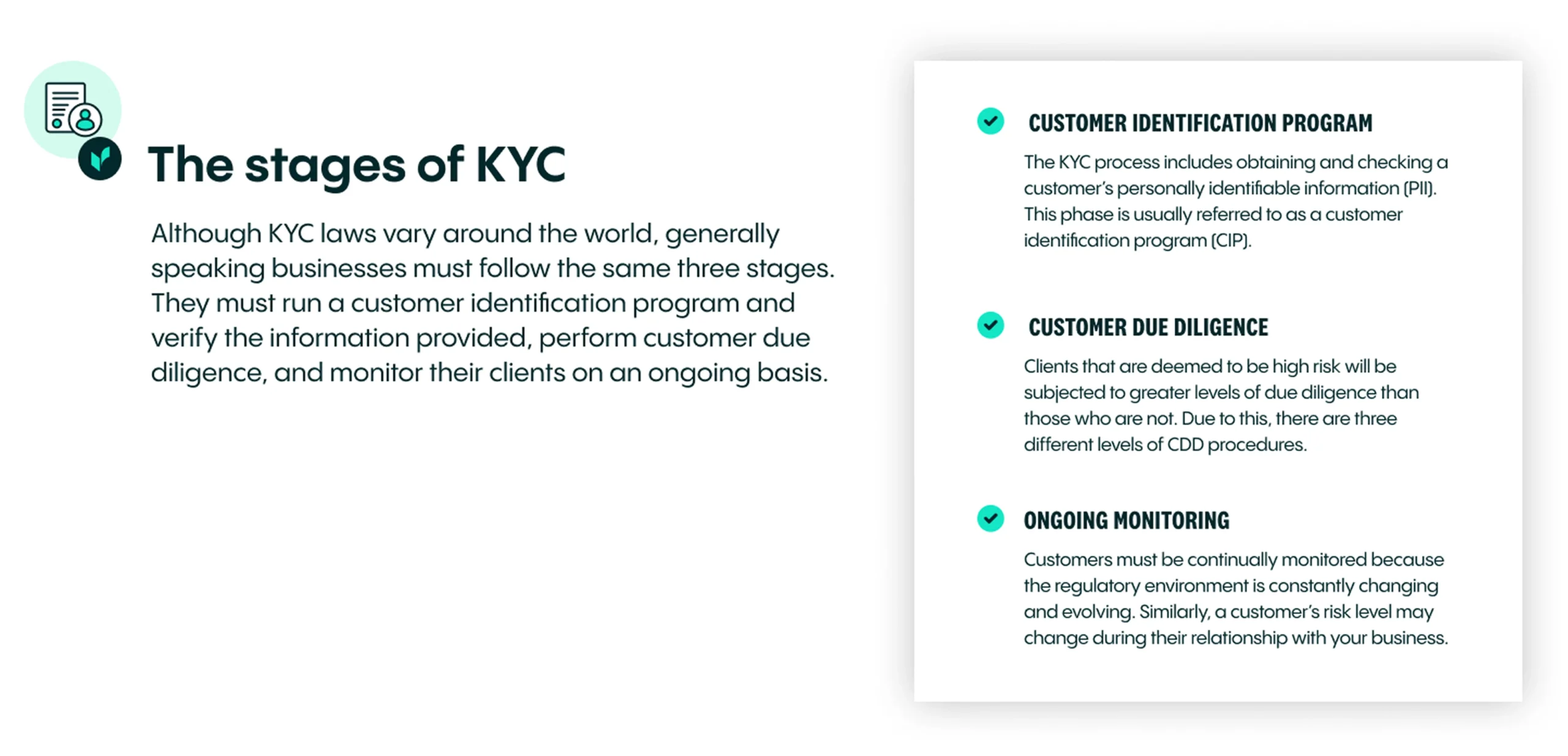
Why is KYC verification important?
KYC procedures are a legal requirement for all banks and financial services providers. If a financial institution fails to verify a customer and that person later engages in money laundering or terrorist financing, the institution can face:
- Heavy fines and sanctions
- Regulatory investigations
- Severe reputational damage
Beyond compliance, KYC verification protects institutions from fraud, helps reduce financial losses, and strengthens customer trust.
Advantages of KYC verification include:
- Blocking bad actors before they exploit financial services
- Improving customer confidence and brand reputation
- Reducing long-term compliance costs
Challenges:
Poorly designed KYC processes can frustrate customers or slow down onboarding. However, with the right tools, banks can achieve compliance without sacrificing customer experience.
The KYC compliance process
1. Customer Identification Program (CIP)
Before opening an account, a bank must collect and verify key customer details:
- Name
- Date of birth
- Address
This information must be validated against a government-issued ID. Many banks now also require a selfie, verified through biometric checks, to confirm that the document matches the person submitting it.
2. Customer Due Diligence (CDD)
Banks must then perform CDD to assess the level of risk a customer poses. This can include three levels:
- Simplified Due Diligence (SDD) – For low-risk customers
- Customer Due Diligence (CDD) – Standard checks for most customers
- Enhanced Due Diligence (EDD) – Required for high-risk individuals, such as politically exposed persons (PEPs) or individuals flagged on sanctions lists
During this stage, banks confirm customer identity, location, and activities, then classify the customer into a risk category.
3. Ongoing Monitoring
KYC doesn’t end at onboarding. Banks must continually monitor transactions to ensure they match the customer’s expected behavior. Any suspicious activity requires filing a Suspicious Activity Report (SAR) with regulators.
Examples of money laundering schemes
To understand why strong KYC is essential, consider common laundering techniques:
- Using cash-intensive businesses to legitimize illegal funds
- Smurfing (breaking up large deposits into smaller transactions)
- Moving money through shell companies or mules
- Buying and selling real estate, vehicles, or luxury assets
- Gambling or using casinos to “clean” illicit funds
KYC verification makes these schemes harder to execute by requiring identification, monitoring, and reporting.
KYC best practices & guidance
When designing a KYC program, banks should:
- Create detailed customer risk profiles using full identity data, sanctions list checks, and business activity reviews
- Leverage third-party databases to validate customer information and detect hidden risks
- Apply the right level of due diligence depending on the customer’s risk rating
- Maintain clear records of all CDD/EDD checks for audits and regulatory inspections
- Implement ongoing monitoring with automated alerts for unusual activity
Veriff’s role in KYC verification
Veriff supports businesses in meeting compliance obligations and building trust with their customers through streamlined identity verification. With KYC Onboarding, companies can verify customer identities quickly and securely, ensuring regulatory compliance while reducing acquisition costs.
Watchlist Screening enables organizations to automatically check individuals against global sanctions and watchlists, helping to prevent fraud and manage risks in real time. For the UK market, Veriff also simplifies
Right to Rent checks in line with the UK Digital Identity and Attributes Trust Framework (UKDIATF), making tenant verification faster and more reliable.
By covering all stages of KYC—from customer identification and due diligence to ongoing monitoring—Veriff helps businesses maintain compliance, protect against financial crime, and foster long-term customer relationships.

FAQs
What is KYC verification?
KYC verification is the process of confirming a customer’s identity and assessing their risk before granting access to financial services.
What are KYC norms?
They include a Customer Identification Program (CIP), Customer Due Diligence (CDD), and Ongoing Monitoring.
Why is KYC important?
It’s a legal requirement that protects financial institutions from fraud, fines, and reputational harm.
What’s the difference between KYC and AML?
AML is the broader framework to prevent money laundering, while KYC is the specific process of verifying and monitoring customers.
Conclusion
KYC verification is more than compliance, it’s a cornerstone of financial security. By identifying customers, understanding their activities, and monitoring behavior, banks can reduce fraud, protect against money laundering, and build lasting trust with customers.
With automated tools like Veriff, KYC can be efficient, accurate, and seamless—protecting institutions while providing a smooth experience for customers.






